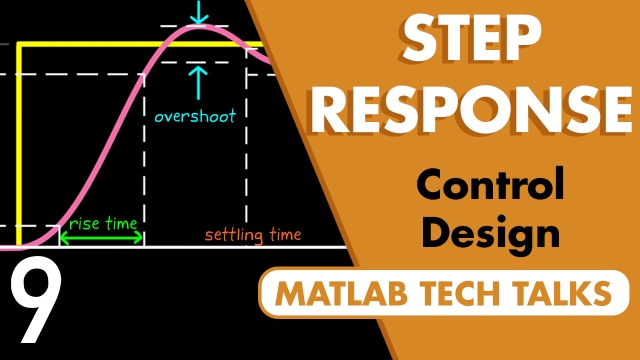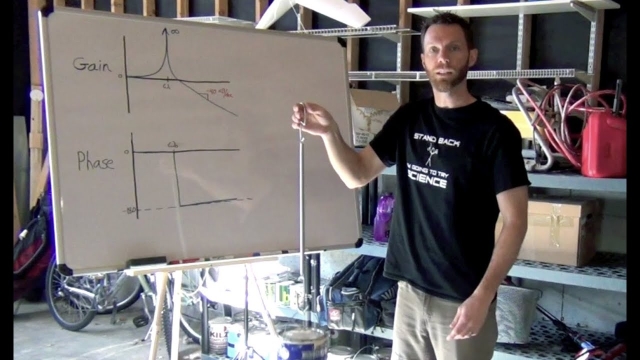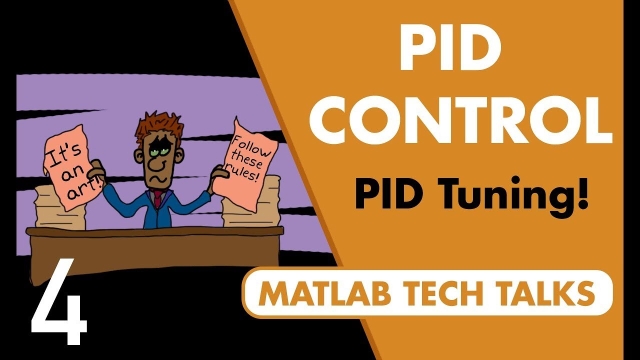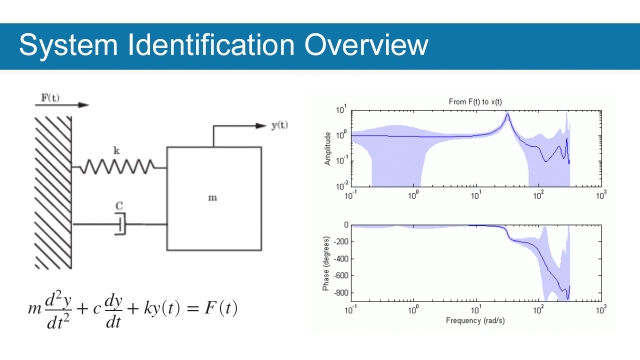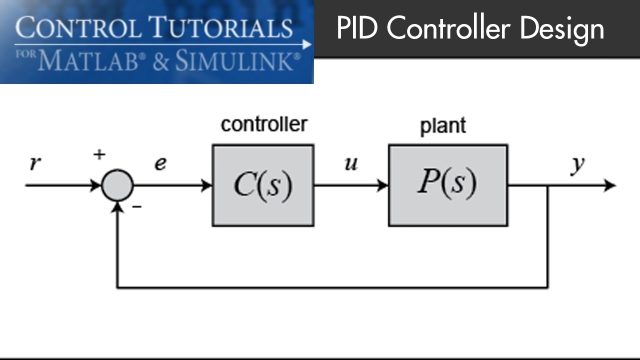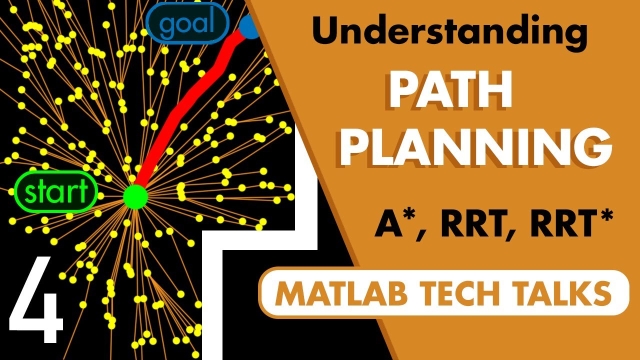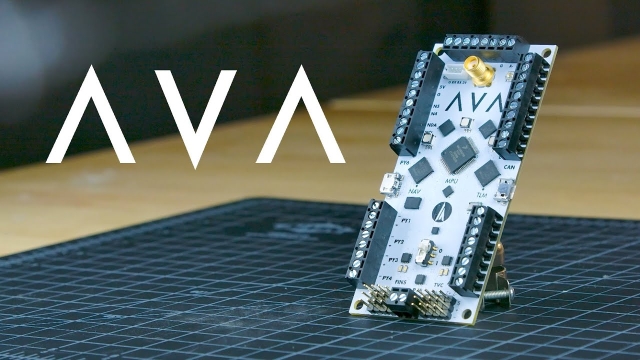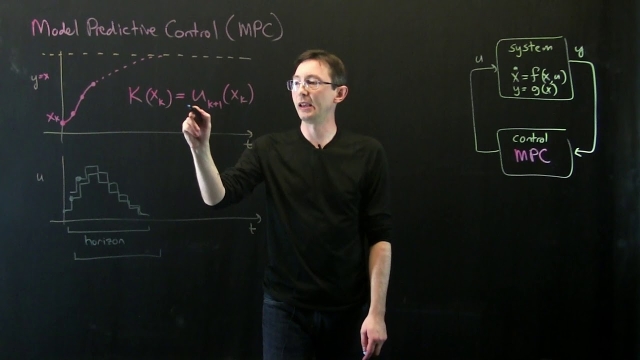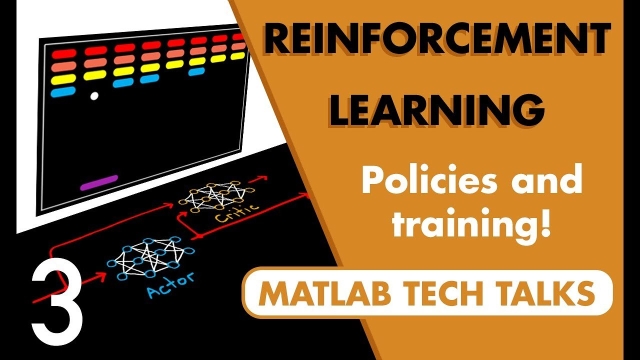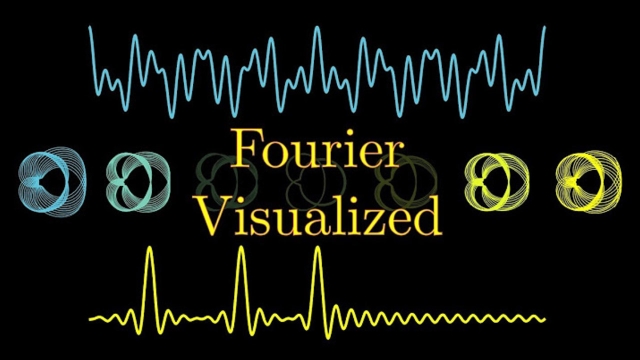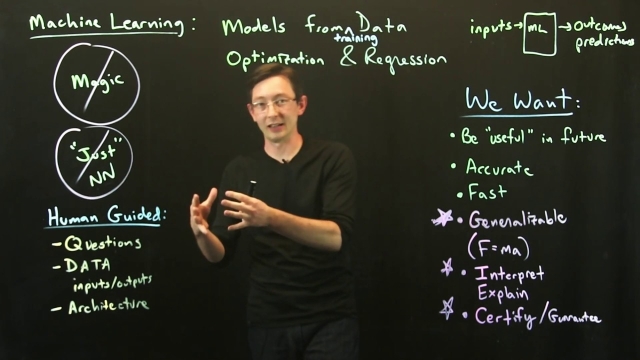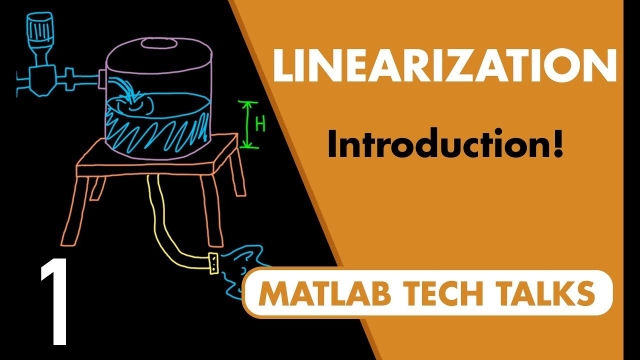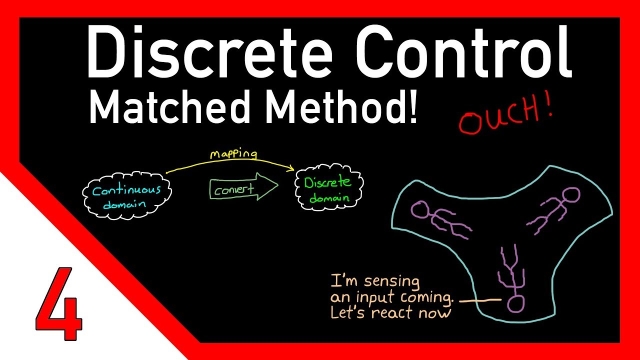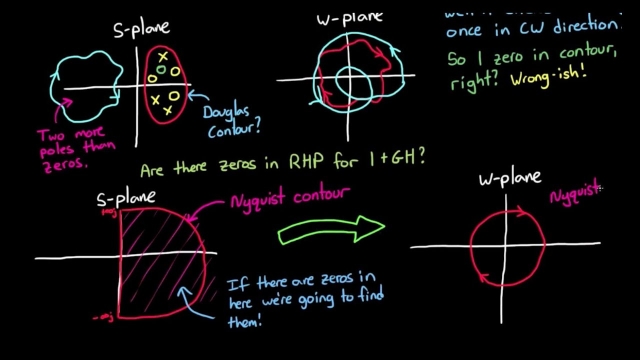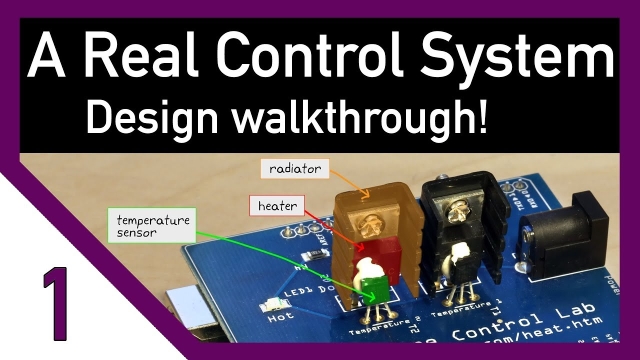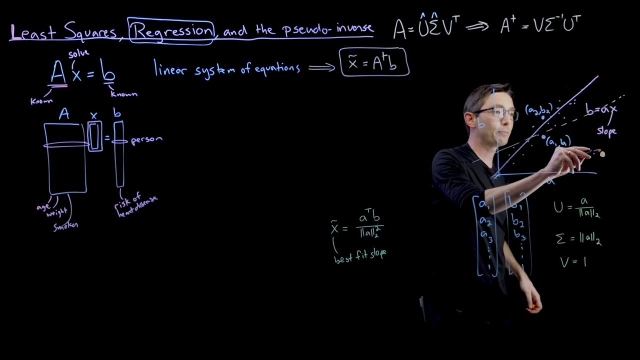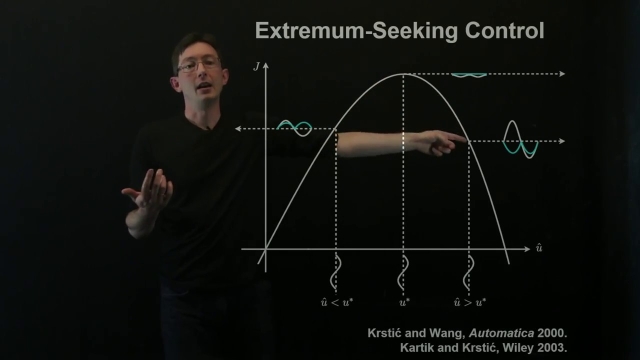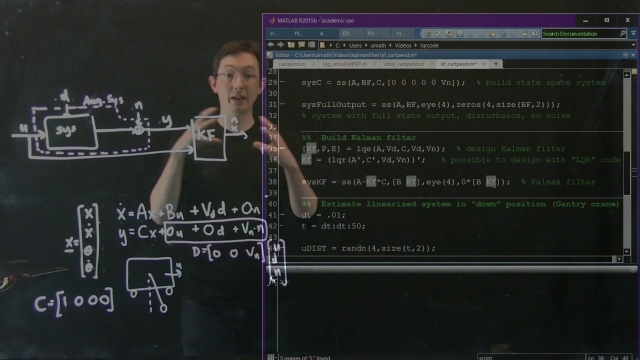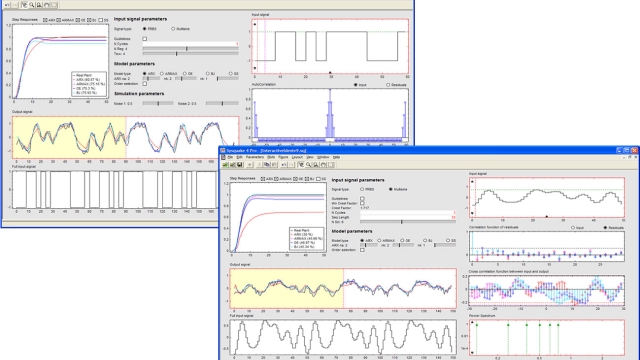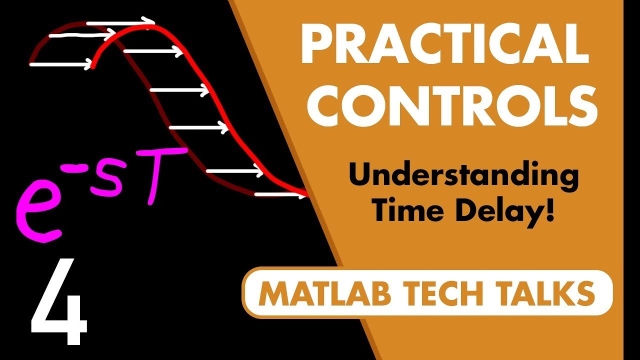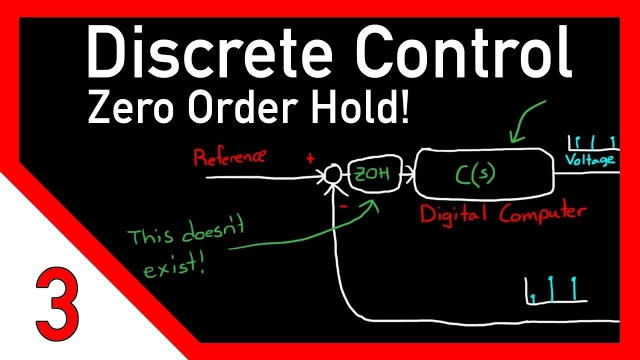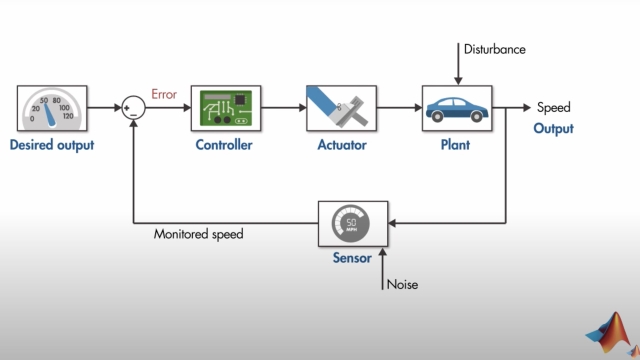
Control Systems in Practice, Part 9: The Step Response
This video covers a few interesting things about the step response. We’ll look at what a step response is and some of the ways it can be used to specify design requirements for closed loop...
See MoreSystem Identification Methods
System Identification is the process of determining the model or the equations of motion for your system. This is incredibly important because basing a control system design off of a bad...
See MoreUnderstanding PID Control, Part 4: A PID Tuning Guide
It can be difficult to navigate all the resources that promise to explain the secrets of PID tuning. Some proclaim that PID tuning is an art that requires finesse and experience, while...
See MoreSystem Identification Overview
System identification is a methodology for building mathematical models of dynamic systems using measurements of the input and output signals of the system. This overview from Mathworks...
See MoreIntroduction: PID Controller Design
In this tutorial we will introduce a simple, yet versatile, feedback compensator structure: the Proportional-Integral-Derivative (PID) controller. The PID controller is widely employed...
See MoreModeling Physical Systems, An Overview
This video sets the stage for the topics that I want to cover over the next month or two. This is an overview of how you go from a physical system to a linear model where you can design a...
See MoreAutonomous Navigation, Part 4: Path Planning with A* and RRT
This video explores some of the ways that we can use a map like a binary occupancy grid for motion and path planning. We briefly cover what motion planning means and how we can use a graph...
See MoreThe AVA Flight Computer
This video describes the board design, hardware architecture, and software components of the All Vehicle Avionics (AVA) flight computer that was designed by Joe Barnard of BPS Space. This...
See MoreModel Predictive Control
This lecture provides an overview of model predictive control (MPC), which is one of the most powerful and general control frameworks. MPC is used extensively in industrial control settings...
See MoreReinforcement Learning for Engineers, Part 3: Policies and Learning Algorith...
This video provides an introduction to the algorithms that reside within the agent. We’ll cover why we use neural networks to represent functions and why you may have to set up two neural...
See MoreBut what is the Fourier Transform? A visual introduction.
An animated introduction to the Fourier Transform.
See MoreArtificial Intelligence
This lecture discusses artificial intelligence (AI) in the context of data science and machine learning.
See MoreTrimming and Linearization, Part 1: What is Linearization?
Why go through the trouble of linearizing a model? To paraphrase Richard Feynman, it’s because we know how to solve linear systems. With a linear model we can more easily design a controller...
See MoreDiscrete control #4: Discretize with the matched method
This is the fourth video on discrete control and in this video we are going to continue exploring the different techniques we can use to discretize a continuous system and talk about the...
See MoreNyquist Stability Criterion, Part 1
An explanation of the Nyquist Stability Criterion. This video steps through the importance of the criterion, how to interpret the Nyquist plot graphically, and why it is the way it is....
See MoreUnderstanding Control Systems: The Disturbance Rejection Problem
This video provides a demonstration using a car to show how you can simulate open- and closed-loop systems in Simulink®.
First, you will learn how to model and tune open-loop systems. The...
See MoreA real control system - how to start designing
Let’s design a control system the way you might approach it in a real situation rather than an academic one. In this video, I step through a control problem and show how control theory is...
See MoreLinear Regression
Linear regression is a cornerstone of data-driven modeling; here we show how the SVD can be used for linear regression.
See MoreExtremum Seeking Control in Matlab
This lecture explores extremum-seeking control (ESC) on a simple example in Matlab. In particular, a discrete-time (digital) version of ESC is coded in a Matlab script.
See MoreControl Bootcamp: Kalman Filter Example in Matlab
This lecture explores the Kalman Filter in Matlab on an inverted pendulum on a cart.
See MoreITSIE: An Interactive Software Tool for System Identification Education
ITSIE is an Interactive Tool for System Identification Education. The tool is developed using Sysquake, a Matlab-like language with fast execution and excellent facilities for interactive...
See MoreControl Systems in Practice, Part 4: Why Time Delay Matters
Time delays exist in two varieties: signal distorting delays, like phase lag, in which each frequency is delayed by a different amount of time, resulting in a distorted signal shape; and non...
See MoreHow Kalman Filters Work, Part 1
This article looks at four popular estimation filter architectures: particle filter, sigma point filter, extended Kalman filter, and the Kalman filter. It discusses how all four of these...
See MoreDiscrete control #3: Designing for the zero-order hold
This is the third video on discrete control and in this video, I want to clear up a confusion that I caused last time regarding using the ZOH method to discretize a continuous controller and...
See MoreUnderstanding Control Systems: Components of a Feedback Control System
This video introduces the components of a feedback control system and how they interact with each other.
Learn basic terminology by walking through examples that include driving a car...
See More
